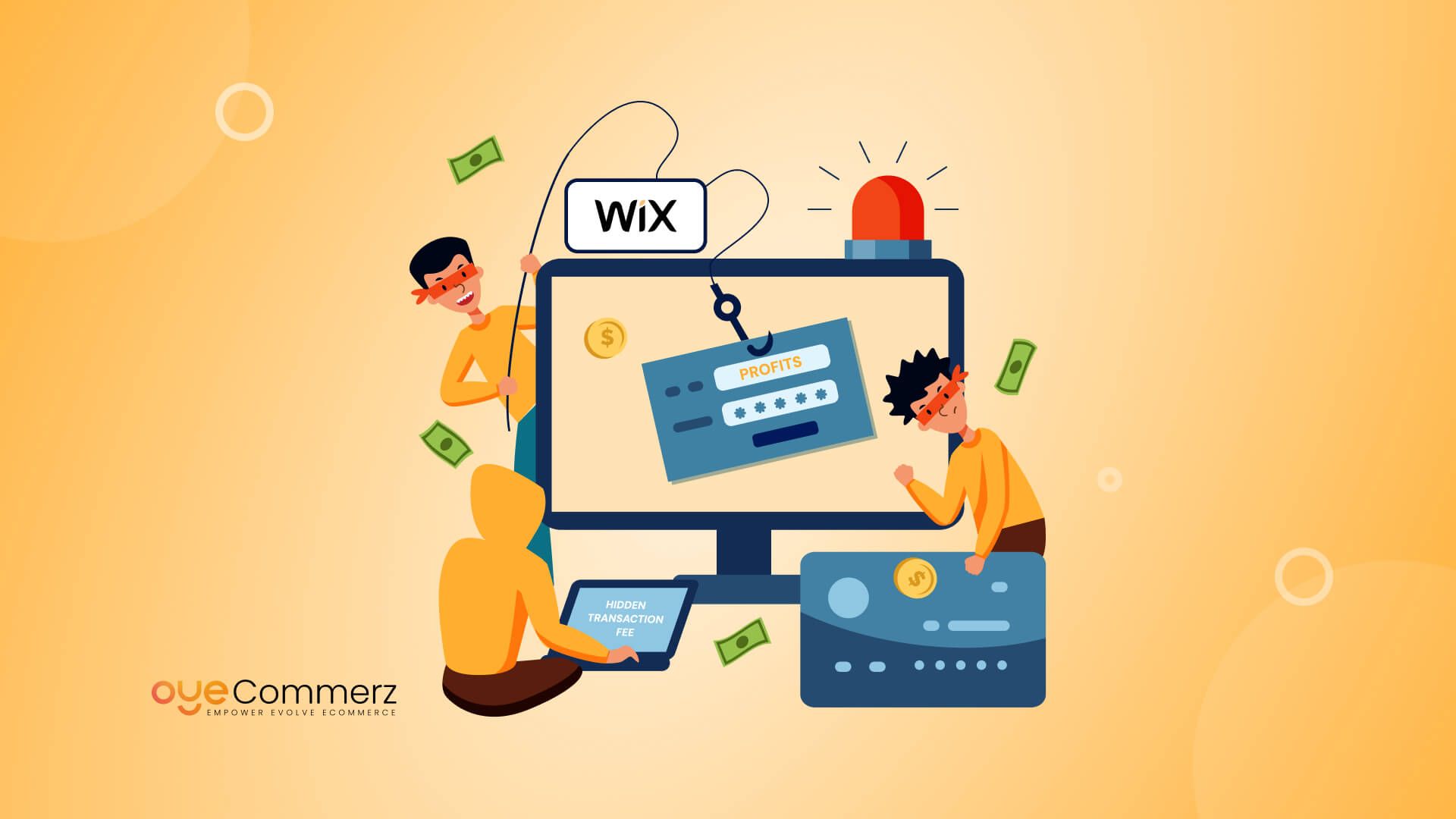In today's online environment, choosing the right e-commerce solution is crucial for enterprise success. If you are currently utilizing Wix but thinking about a switch to Shopify, you are in good company. Many companies are migrating to Shopify to take advantage of its robust features, expandability, and dedicated e-commerce solutions. This guide will outline the transition process, ensuring a seamless move and preparing you for e-commerce success.
Why Switch from Wix to Shopify?
Before diving into the transition process, it's essential to recognize why Shopify might be a superior fit for your e-commerce requirements:
- E-commerce Focus: In contrast to Wix, which serves various use cases, Shopify is designed exclusively for e-commerce, providing advanced features and features optimized for online selling.
- Growth Potential: As your company grows, Shopify can seamlessly accommodate increased visitor volumes and sales volume without sacrificing performance.
- Wide-ranging App Library: Shopify offers a large collection of apps that can enhance your store's capabilities, from advertising solutions to inventory management options.
- SEO Capabilities: Shopify offers better SEO tools, which can assist in improving your store’s visibility on search engines.
- Payment Options: With numerous payment gateways available, including Shopify Payments, you can offer customers a wide range of payment methods.
Getting Ready for Transition
To ensure a smooth migration from Wix to Shopify, follow these preparation steps:
1. Backup Your Data
Download all your information from Wix, including product details, customer information, and transaction logs. This step is crucial as it guarantees you have a backup of everything before starting the migration.
2. Select a Pricing Option
Evaluate the different Shopify subscriptions available and choose one that best suits your company’s requirements. Take into account factors such as transaction fees, features included, and scalability options.
3. Create Your Shopify Profile
Register your Shopify account and familiarize yourself with the platform’s interface and tools.
The Migration Process
Now that you are ready, it’s time to migrate your store How to improve sales performance on Shopify from Wix to Shopify. Here’s how:
1. Transfer Items
Use Shopify's built-in migration utility or third-party tools like Cart2Cart or LitExtension to transfer your products from Wix to Shopify.
Make sure that item details, images, costs, and variants are accurately transferred.
2. Migrate Client Information
Import customer information such as names and contact info into your new Shopify store. This step is vital for retaining client connections and advertising strategies.
3. Configure Transactions
Set up payment gateways in your Shopify store to ensure seamless payments. You can select from multiple platforms like credit cards, PayPal, and others.
4. Personalize Your Store Design
Choose a theme that aligns with your brand identity. Customize it using Shopify's design tools to create an attractive and intuitive shopping experience.
5. SEO Optimization
Implement SEO How to select the best Shopify plan for your business best practices during the migration process:
- Configure 301 redirects from old Wix URLs to new Shopify URLs.
- Enhance item names, descriptions, and photos with targeted keywords.
- Update meta tags and alt texts for better search engine visibility.
After Migration Steps
Once your store is live on Shopify, follow these post-migration steps:
1. Test Your Store
Conduct comprehensive testing of your new store:
- Verify product pages for correctness.
- Verify transaction methods.
- Ensure all links work correctly.
2. Promote Your Store
Announce your new store launch through email newsletters and social media channels.
Think about offering special offers or discounts to attract customers.
3. Track Your Progress
Use analytics tools within Shopify to track sales performance and customer behavior.
Modify your strategies based on performance analytics.
Conclusion
Migrating from Wix to Shopify can substantially enhance your e-commerce capabilities and set the stage for growth and success. By adhering to this manual and taking a step-by-step approach to the migration process, you can guarantee a smooth transition that minimizes downtime and maximizes opportunities for sales. Embrace the change and watch your online store thrive on its new platform!
